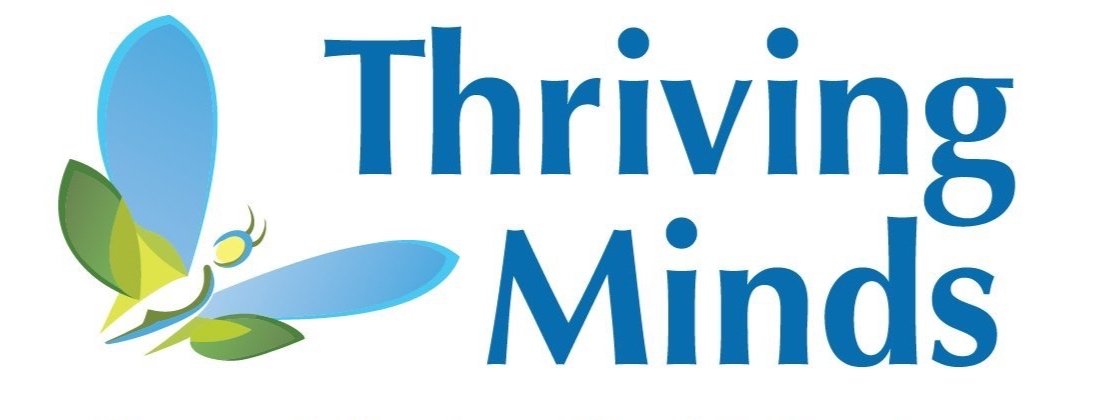Exploring the Three Subtypes of Selective Mutism
No two kids with selective mutism share identical experiences of anxiety. In fact, at times you might see complete opposites: for example, one kid may struggle to chat with a peer in a group setting but respond easily to adults one-on-one, whereas another kid may speak freely with peers but avoid speech demands from most adults. Despite the range of differences in what provokes anxiety and how that anxiety manifests, it is understood that there are three common subtypes of selective mutism, and identifying the subtype that most closely matches your child’s behavior can be used to determine appropriate interventions. This article will describe each subtype and the corresponding implications for treatment.
Anxious: Children with the anxious subtype of selective mutism may exhibit overt anxiety, freeze when spoken to, or avoid eye contact/look down when approached. In order to communicate in anxiety-provoking situations, they may ask their parents to speak for them or utilize nonverbal communicative behaviors. Their speech avoidance cycle is often maintained by rescue behaviors from well-meaning peers and adults who are willing to speak for them, accept nonverbal communication, or even “mind-read,” making assumptions about what they intend to communicate.
Treatment Impacts
Children are generally more compliant with and easily responsive to treatment
Children may require fewer external motivators (e.g., prizes and privileges) and be more motivated by verbal encouragement
Anxious-Oppositional: Children with this subtype may appear defiant when prompted to speak, use active avoidance (e.g., running from the situation, hitting parents when they do not speak for them, etc.), and appear unwilling to comply with treatment goals. Their speech avoidance cycle is often negatively reinforced by potential speaking partners who remove speech demands in order to mitigate behavioral outbursts.
Treatment Impacts
Children may need more external motivators
More time may need to be spent on practicing compliance
Children may need more boundary setting and structure to comply
Anxious-Communication Delayed: Children who fit into the anxious-communication delayed subtype may exhibit the behaviors of an anxious or anxious-oppositional presentation, but they also have evidence of a language delay/disorder that appears to impact the development or maintenance of the mutism. This includes difficulties with both expressive and receptive language. Their speech avoidance cycle is often complicated by difficulties determining how much of the avoidance is a result of anxiety versus capability or comprehension.
Treatment Impacts
Speech/language therapy to improve speech should occur alongside SM treatment
Consider the following three scenarios where each clinician prompts their 5-year-old client with a forced choice question: “Would you like to do a scavenger hunt on the playground or play a card game in the playroom?”
One child responds by hiding behind his mother, and when the clinician repeats the prompt, he points to the cards from his hiding place. When prompted once more to use his brave voice, he says “card game.” This behavior aligns with the anxious subtype of SM.
Another child pushes the cards off the table, and when the clinician repeats the prompt, he runs out of the room. His behavior most closely fits the anxious-oppositional subtype of SM.
The third child seems confused by the question, so the clinician adjusts their prompt to use visual aids and simpler language: “would you like to play inside or outside?” After about 10 seconds, he whispers, “inside.” This child, who appeared to have some difficulties understanding the longer prompt, may be experiencing anxious- communication delayed SM.
Although your child may not fit perfectly into one category, understanding each one provides context for their behavior and guidance for how to promote speech. Whether your child is anxious, anxious-oppositional, anxious-communication delayed, or somewhere in between, Thriving Minds can help! Contact us at (734) 433-5100 or visit this link to learn more about our treatment options.

